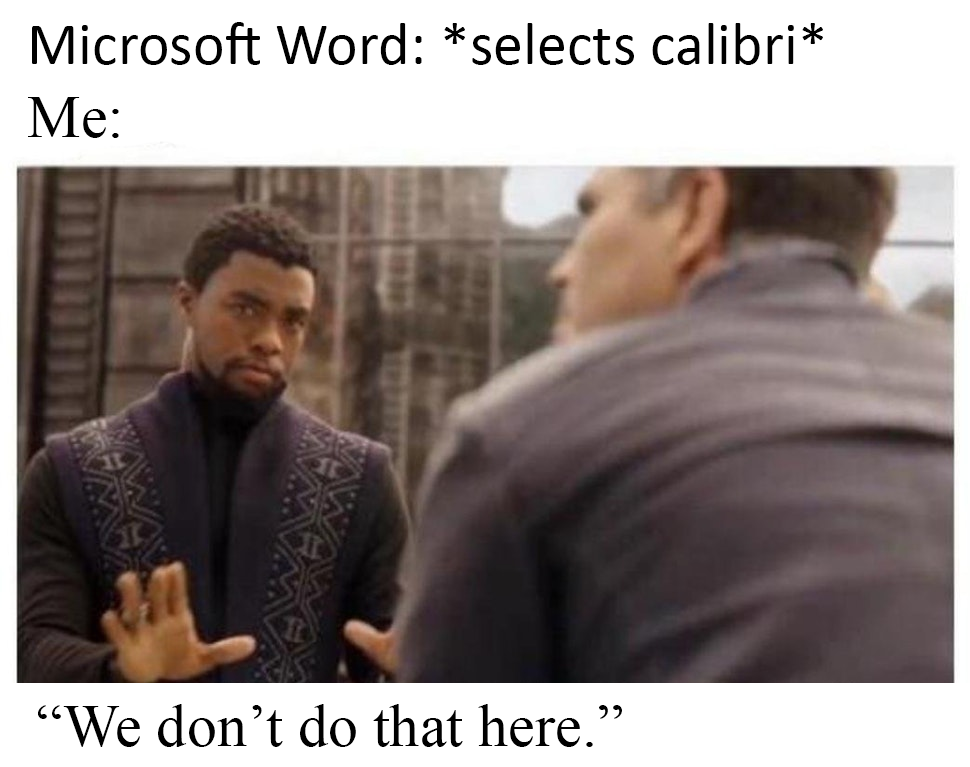Overall I think most kinds of narratives aim to engage their audience through a fill-in-the-blank process. As Albano asserts during her presentation, it’s (essentially) impossible to have enough text/space/time to provide all the details for a given situation (fictional or not), so its inevitable that audiences have some piece of the narrative to construct themselves. What determines how “interactive” a narrative is, whether it be written, visual, or audible, is how much blank space and what type of blank space an audience is given. Furthermore, I think that the space given to audiences in “normal” types of narratives, like books, movies and podcasts, are completely separate from the space designated for audiences in interactive-intentioned media like twine games and virtual reality. Books and movies, although different in format, are typically “open ended” in the ways a reader/viewer can interpret its message. Players of twine or VR games however, despite feeling like there are endless choices, are going to end up with a result that was decided for them. Obviously that’s because someone pre-created all the result options possible.
Regardless, engaging with narrative means you have to fill in holes of knowledge somewhere along the line. Maybe that’s creating imagery in your head, or fabricating contextual information for minor characters/subplots, or rationalizing why your game character would make one decision instead of another. I think all of Albano’s suggested techniques for harvesting are important to narrative in general, but maybe “ambiguity” is the most important in terms of interactivity and engagement.
Does this make sense??? Am I allowed to use that as my question?? Maybe a better one would be: Do you agree that all narratives are interactive to an extent in that audiences are required to fill in blanks?









